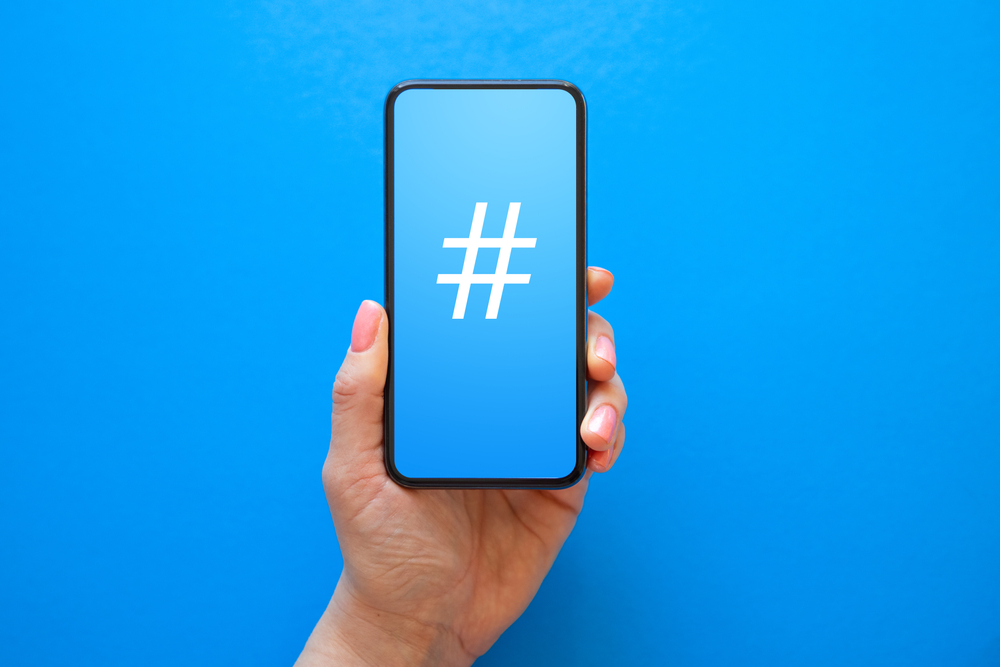Twitter is a powerful tool for businesses to connect with their customers. That is, when it’s used correctly. But when a Twitter campaign goes wrong, it can do serious damage to a brand’s reputation.
That’s what McDonald’s learned in 2012 with their #McDstories campaign.
At first, it seemed like a good idea. McDonald’s created a hashtag and encouraged people to share their positive experiences with the fast food chain. They were hoping to generate some positive buzz and engage with their audience on social media. Things quickly took a turn for the worse. Keep reading to learn more about this social media mistake.

The #McDstories Backlash Begins
Within hours of the campaign launching, the hashtag had been hijacked by Twitter users who had their own stories to share. Unfortunately for McDonald’s, these stories weren’t exactly glowing reviews.
Instead, people started sharing stories of finding things like hair and fingernails in their food, getting food poisoning, and receiving terrible service. The campaign quickly turned into a platform for people to bash the fast food giant.
Here are a few examples of what people shared:
- “One time I walked into McDonalds [sic] and I could smell Type 2 diabetes floating in the air and I threw up. #McDStories”
- “Ordered a McDouble, something in the damn thing chipped my molar. #McDStories”
- “Ate a McFish and vomited violently all over the bathroom at work. Thanks McDonald’s. #McDStories”
You get the idea. The stories were less than flattering.
The Fallout
McDonald’s quickly realized that the campaign was backfiring, and they tried to shut it down. They deleted the original tweet and issued a statement saying that they had “promoted” the hashtag to get more engagement on social media, but that they had realized the campaign wasn’t working.
But by then, the damage had been done. The hashtag was already trending on Twitter, and the negative stories were continuing to pour in.
It wasn’t just a PR nightmare, either. McDonald’s stock price dropped by 1.4% in the days following the campaign. And even two years later, articles were still being published about the #McDstories debacle.
So, what went wrong?
Lessons Learned
Well, for one thing, McDonald’s underestimated the power of Twitter. They assumed that people would share positive stories, but what they got instead was a deluge of negative comments. They didn’t have a plan in place to deal with that kind of backlash.
But there’s more to it than that. McDonald’s also made a few key mistakes that other businesses can learn from:
1. They ignored the potential for negative comments.
When you encourage people to share their stories, you have to be prepared for the fact that some of those stories might not be positive. McDonald’s should have known that people have a lot of opinions about fast food, and that not all of those opinions are going to be in their favor.
2. They didn’t vet the hashtag.
It’s important to research a hashtag before you start using it. If McDonald’s had done some basic research, they would have seen that #McDstories had already been used by people who had negative things to say about the brand. They could have avoided this whole mess if they had just chosen a different hashtag.
3. They didn’t have a crisis plan in place.
When things started going wrong, McDonald’s didn’t seem to have a plan for how to handle it. They deleted the original tweet and issued a statement, but that wasn’t enough. They should have had a more proactive approach to dealing with the backlash.
4. They didn’t engage with their audience.
One of the benefits of a Twitter campaign is that you can engage with your customers in real time. But McDonald’s didn’t seem to be paying attention to what was happening on Twitter. They didn’t respond to negative tweets or try to turn the conversation around.
The #McDstories campaign was a cautionary tale for businesses on social media. It’s a reminder that Twitter is a powerful tool that needs to be used carefully. When you’re encouraging people to share their stories, you have to be prepared for what they might say. And if things start going wrong, you need to have a plan in place to deal with it.
But the #McDstories campaign also showed us that it’s possible to bounce back from a social media disaster. McDonald’s took their lumps and learned from their mistakes. And while it’s unlikely that they’ll be launching any Twitter campaigns anytime soon, they’ve continued to thrive as a brand.
So, if you’re a business owner, take note of what happened with #McDstories. Use it as a cautionary tale, but also as a reminder that mistakes can be learning opportunities. Social media can be a minefield, but if you’re careful and thoughtful, you can use it to build your brand and connect with your customers in meaningful ways.
Read aboujt another big brand business mistake here: Google’s Social Networking Gamble: The Failure of Google+
